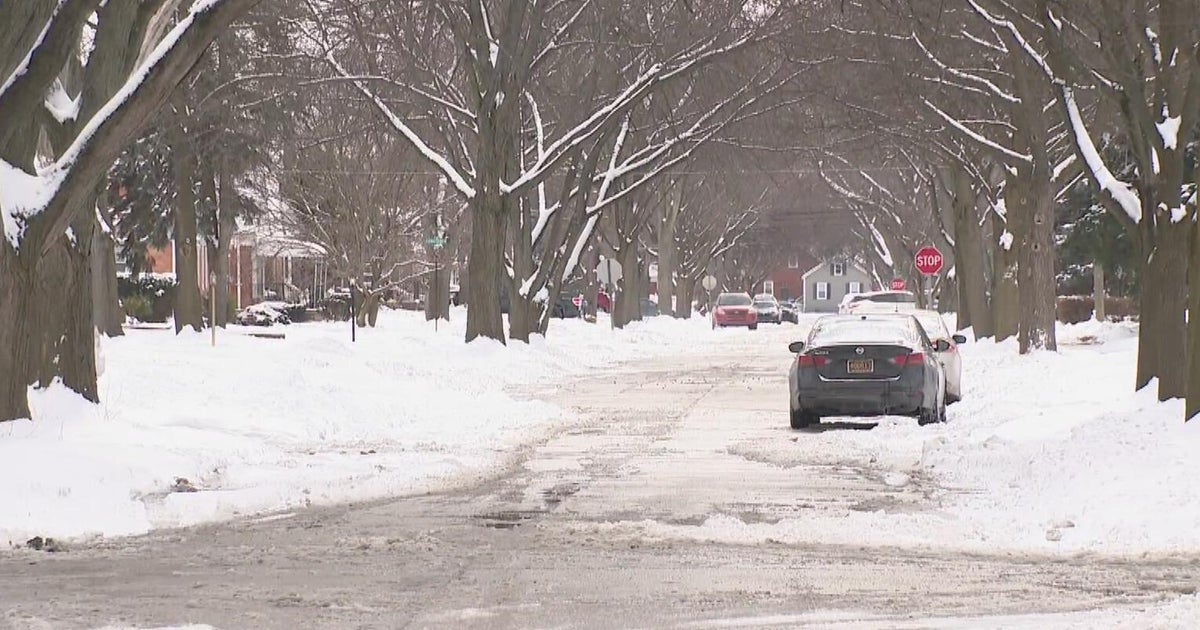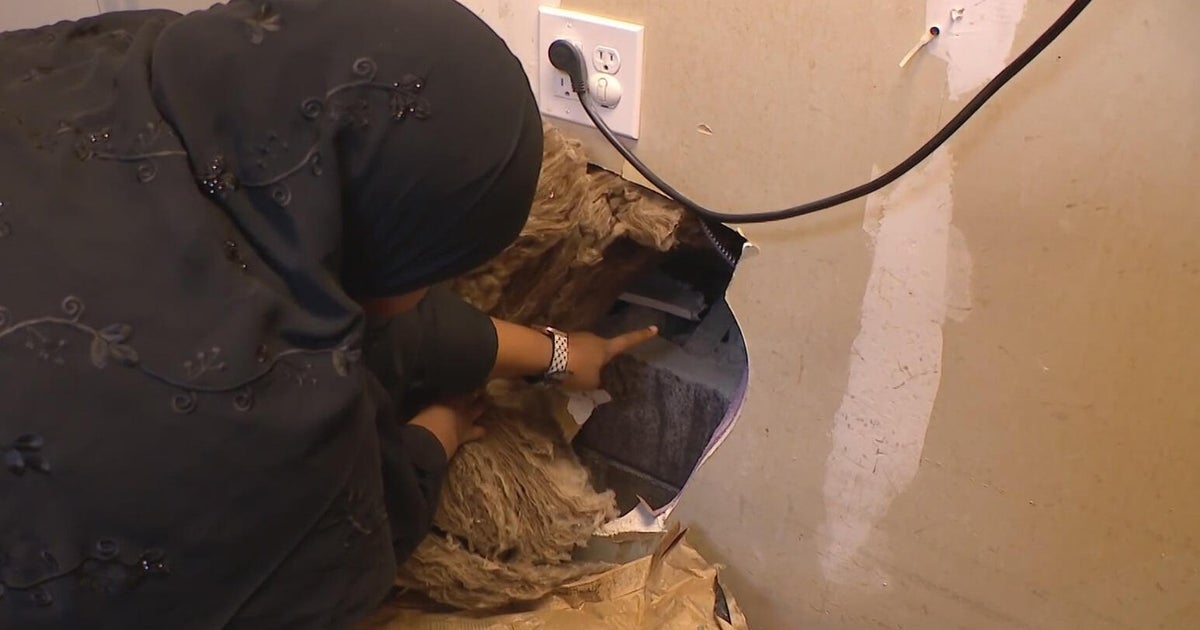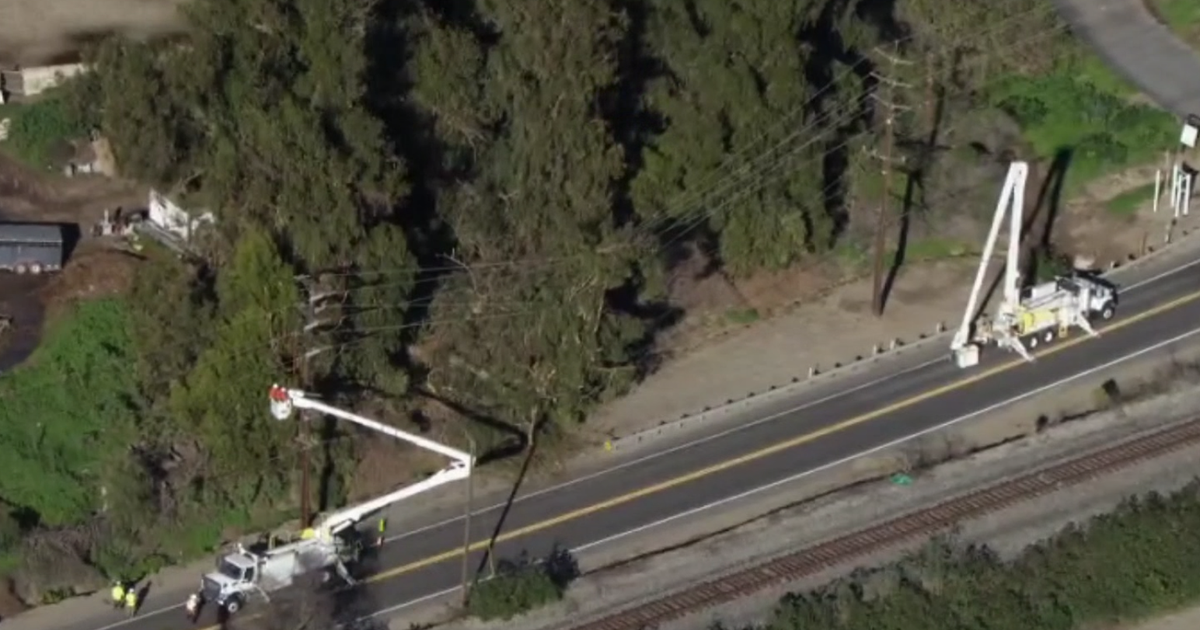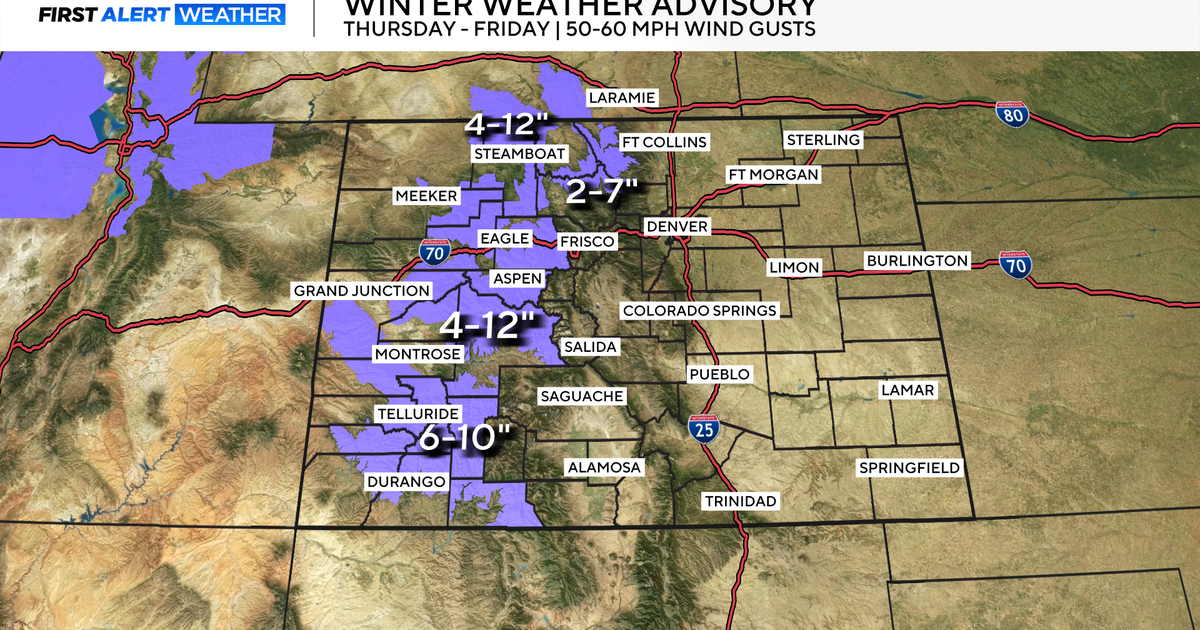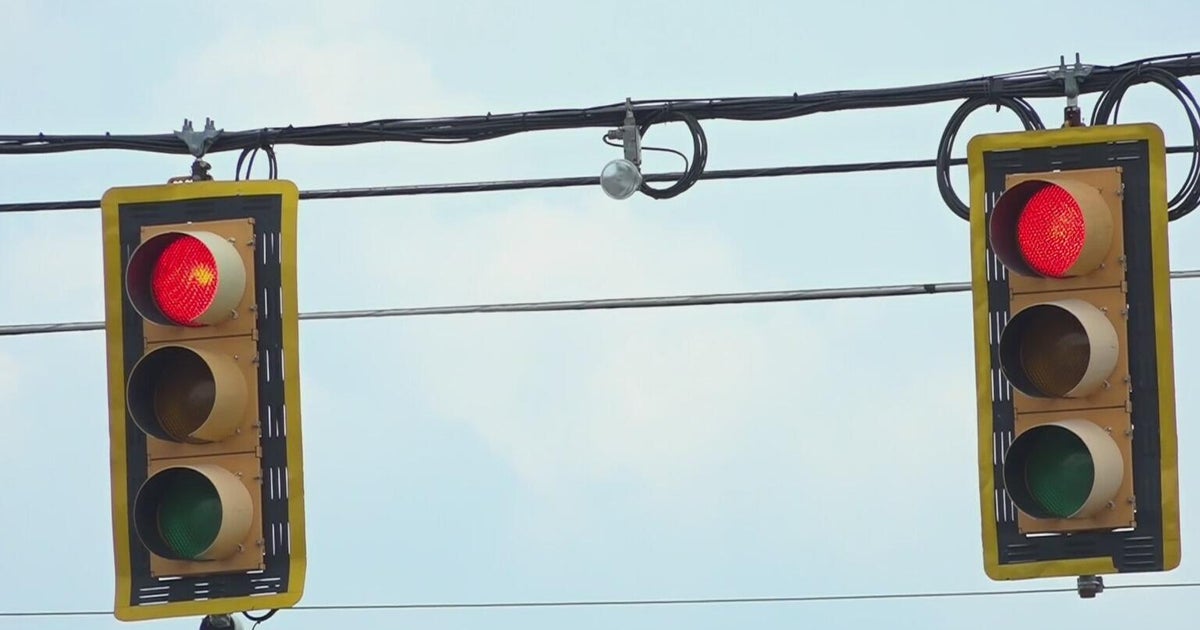Good Question: Why Not Bury Power Lines?
MINNEAPOLIS (WCCO) - This weekend's storms took out power for hundreds of thousands of Minnesotans, mostly from wind and trees that fell on power lines.
According to Xcel Energy, two-thirds of its power lines are above ground.
So, that led Wayne from Bloomington to ask: Why don't power companies bury some of those lines?
According to Kent Larson, Xcel Energy's senior vice-president for operations, the big issue is the hefty price tag.
"The cost in the last three or four days is expensive, it'll be several million dollars to fix the system," Larson said. "If we put the entire system underground, it wouldn't be millions, it would be billions of dollars."
In a study from the Edison Electrical Institute, a group that represents utilities, burying lines in a rural area would cost between $1.1 million and $6 million. In an urban area, the cost ranges between $536,760 and $12 million.
Larson says customers would also pay between $300 and $2,000 to convert the lines into their homes.
"We've done some rough estimates. We know that if we would put it underground, bills would easily double if not triple," he said.
Most of the power lines in urban areas, like south Minneapolis, were put up in the 1930s, 40s and 50s. It wasn't until the 1970s that power companies had the technology to put lines underground.
Larson says there are many challenges to moving lines underground, like dealing with sprinkler systems, patios, decks and driveways.
Almost all the power lines in any new residential construction in Minnesota are buried.
"We've got the technology. The cost of it has come down when you have wide open areas," Larson said. "It's a lot less expensive than burying the lines in an existing area."
Beyond aesthetics, some of the upsides to buried lines are fewer outages, less maintenance, decreased tree trimming costs and less congestion.
Beyond cost, a downside is that if something goes wrong with one of those lines, they're harder to get to and repair. And underground lines only last about 20 or 30 years compared to 60 years for utility poles.
At the turn of the century, power lines in downtown Minneapolis were above ground. Larson says as demand increased in that area, power lines were buried.
"It would be extremely difficult to serve this from an overhead system. There's huge demand in this area, there's not enough room to put lines in the area to serve it overhead," he said.
In 1991, the city of Stillwater buried its lines under seven blocks of Main Street for aesthetic purposes. At the time, the cost was $1 million and three months of construction.
Each year, Xcel spends $30 million in Minnesota to trim trees. So far, final costs for this past weekend's outages haven't been totaled, but there's an immeasurable personal cost for those who lost power.
